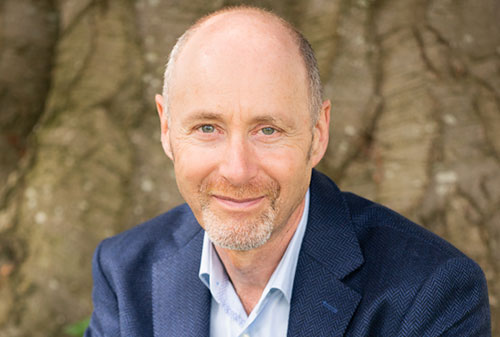
As a financial planner building instant trust with clients is one of the biggest obstacles you will need to overcome.
This article looks at a different yet highly effective approach.
Before we look at the ‘how?’, let’s look at why is trust such a critical issue.
An experienced financial planner once said to me that it takes a great deal of courage for a client to engage a financial planner. Two reasons that spring to mind are:
1. Even though the vast majority of financial planners do a great job, the financial media is full of bad news stories about people losing money, being ripped off, or poor value for money. They rarely tell the good news stories, do they? I once purchased several newspapers and counted the ratio of bad news stories to good news one. It was 17 to 1! So, quite naturally some people will be cautious.
2. Many people experience a great deal of insecurity around their finances and feel apprehensive when faced with talking about the future. Therefore, going into such conversations is not something that they will take lightly.
A financial planning relationship requires deeper trust
If you are doing genuine financial planning then it is more than a purely transactional relationship. For instance, you can be co-exploring what people want from their lives, their relationship with money, or their fears and concerns.
Engaging on this more meaningful level takes a great deal of trust from a client. They are only going to open up when they feel safe, secure, not being judged evaluated.
The conventional approach to building trust with clients
The conventional approach to building trust with clients focuses upon behaviour. For example, common advice is to do what you say you are going to do, be transparent in your dealings, and be a good listener.
Whilst there is truth to this, isn’t trust even more fundamental?
For instance, have you ever had an experience of someone who seemed to be doing or saying all the right things and yet you have had an uneasy feeling that tells you not to trust what you are experiencing on the surface?
The famous neurologist Sigmund Freud said, “We leak the truth from every pore.”
We are biologically designed to detect potential threats and this can be a lot more subtle than it may at first appear.
In the book ‘The Trusted Advisor’ by Maister, Green and Galford, they write, “There is no greater source of distrust than advisors who appear to be more interested in themselves than trying to be of service to the client”.
Many advisers talk far too much about products, markets, or use technical jargon. Others worry about winning a clients business. Some worry about making a good impression or want to prove to clients they know what they are talking about.
All this can undermine building trust with clients. Why?
A big aspect of trust is that your client feels regarded, listened to, and understood. But all the time you are in your own world you are communicating that this is more important than your clients world. You cannot hide this, nor fake it. We leak the truth from every pore.
How to build instant trust with clients
What if there is a way you can build instant trust with clients?
Well, fortunately there is.
We have all met people we have felt an instant bond of trust with. There is something about them that let’s us know we can trust them. So, what is it that we are picking up on?
Our state of mind tends to be invisible to us until we begin to understand that it is by far the most significant factor in our communication.
For over a decade I have been sharing an understanding of what creates our state of mind. Once grasped, this makes more difference to building instant trust with clients than any technique you could ever learn.
Our behaviour emanates from the way that we feel
When you are in a clear mind, free from the burden of your own perceived needs, self-consciousness, and insecurity you do not have to try and ‘do’ trust because you ‘are’ trust. Clients will instinctively feel it rather than having to try and decide if they want to trust you or not, which is a burden they do not need.
At first, an approach to building trust based upon an understanding rather than a technique may not seem practical. I often have people say to me, “Yes, but what do I do?”
You cannot have a quieter mind by doing more thinking any more than you can slow your car down by pressing the accelerator. Very simply it is allowing your mind to relax. As you do so, you become more present, and this communicates trust.
Your mind wants to relax
Think of times when your mind naturally tends to relax. For some people it’s going for a walk in the country, for others it’s when exercising, for others it’s when doing a favourite hobby or pastime.
Do you notice you are not doing anything when your mind relaxes?
P.S. If you haven’t got your copy of my free report, ‘Magical Client Meetings Everytime’ yet just click here for immediate download.


